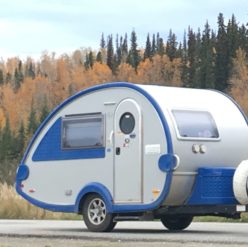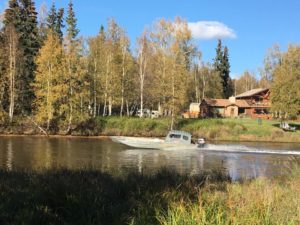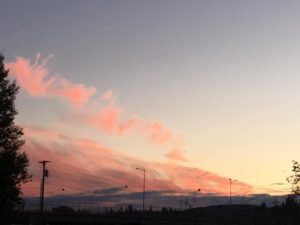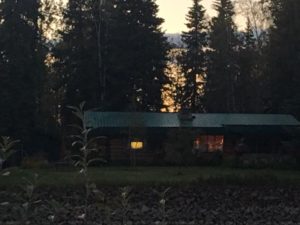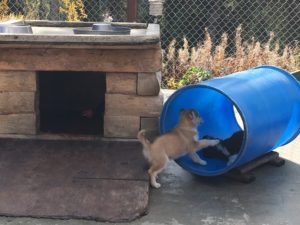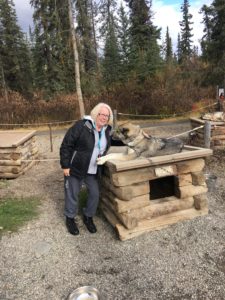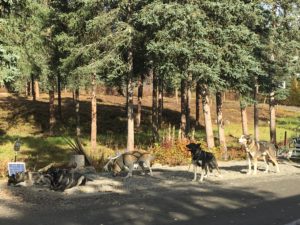For a few years, I have been dreaming of traveling after retirement. In April 2016, my home sold. I was planning to buy a camping trailer and would need a new vehicle suitable for towing one. So within a matter of 2 weeks, I found a 2012 Toyota RAV4 V6 to buy. Then I bought a 2016 T@b Max S.
Here it is:
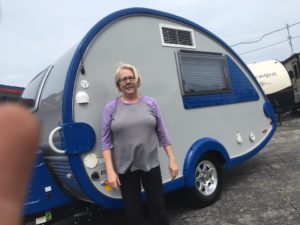
I had a while ago decided that a motorhome would not be good for what I wanted to do, since I would not want to have to tow a car also. I wanted something small enough that I could handle. I wanted an inside bathroom. I couldn’t imagine tromping to a campground bathhouse in the middle of the night!! So I looked online at Scamps, Casitas, A-liners, lilsnoozy and others. The year before, I had stopped to look at T@b teardrop trailers at a dealer and was really impressed with the quality.
So I was real happy to find my T@b at a discounted price no less. I quickly found that because of it’s small size, it was light enough to move around by the handles on the front edges. I learned to hitch up and unhitch and to hook up the electricity, water and sewer. Backing up into sites took a bit longer, and once I got on the road, I found some spots were more challenging. At first I would request pull-through sites where no backing up was necessary. But some more remote places had no pull-throughs, and some spots were wierd shapes or didn’t have much maneuvering space on the road to even back up good. So I quickly had to learn to do what was needed.
